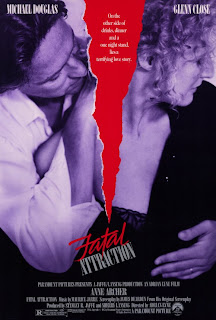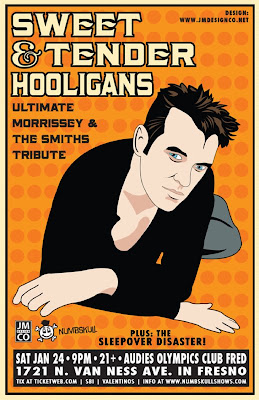Saidhbh Ni Dhulaing, IFI Membership Officer, talks about IFI Membership and explains its many benefits to customers . . .
An IFI membership is not a hard thing to encourage people to sign up for, something I soon learned having started as IFI Membership Officer recently. In fact, if you go to the cinema at the IFI even just 3 times a year, you’d be almost foolish not to opt for it.
First of all let’s look at cinema tickets - IFI members receive up to 15% off cinema tickets and our concession members (that’s pensioners, unemployed and students) receive an even greater reduction, almost 25% in fact.
Imagine for a minute that you are an IFI Member, and you come to see Tarantino’s Django Unchained this Friday night at the IFI. As a regular customer you will pay €8.90 (still good value for Dublin city on a Friday night it has to be said) but as a member you will only pay €7.70, and as a concession member you will pay a mere €6.70. You can bring up to 3 friends with you who will also receive this cheaper ticket price, so you’ll be saving your friends money too.
Django Unchained showing from January 18th
As well as reduced prices you receive loyalty points each time you spend at the IFI – 8 points for every €1 (double the amount received when using a Loyalty Card without membership). Loyalty points can be exchanged for cinema tickets once you have enough as each point equals 1c, so 670 points for example will get you a free ticket worth €6.70 and so on.
Did I mention you also collect those loyalty points every time you eat or drink at the IFI Café Bar, and each time you buy something in the IFI Film Shop? You also get a 10% discount at both of these fine establishments when you flash your membership card.*
IFI Café Bar
Once you’ve signed up (which you can do online, at our Film Shop or at the Box Office) you’ll receive a free cinema ticket meaning your first visit as a member will be ... free! You can also get a free monthly programme delivered to your home, a weekly ezine and the chance to win free tickets to a members-only preview screening every month.
In short, at this time of year when money can be tight, an IFI membership gives you a cheaper option for a great night out and an opportunity to be inspired by fascinating and award-winning films all for only €25 a year or €15 concession.
If you want to know more visit, see our IFI Membership page or you can contact me, Saidhbh Ni Dhulaing.
* discount in Café Bar is for max two diners and amount must be over €10













+and+Neil+when+Neil+officially+donated+his+research+and+document+collection+to+the+IFI+Irish+film+Archive.jpg)

















































